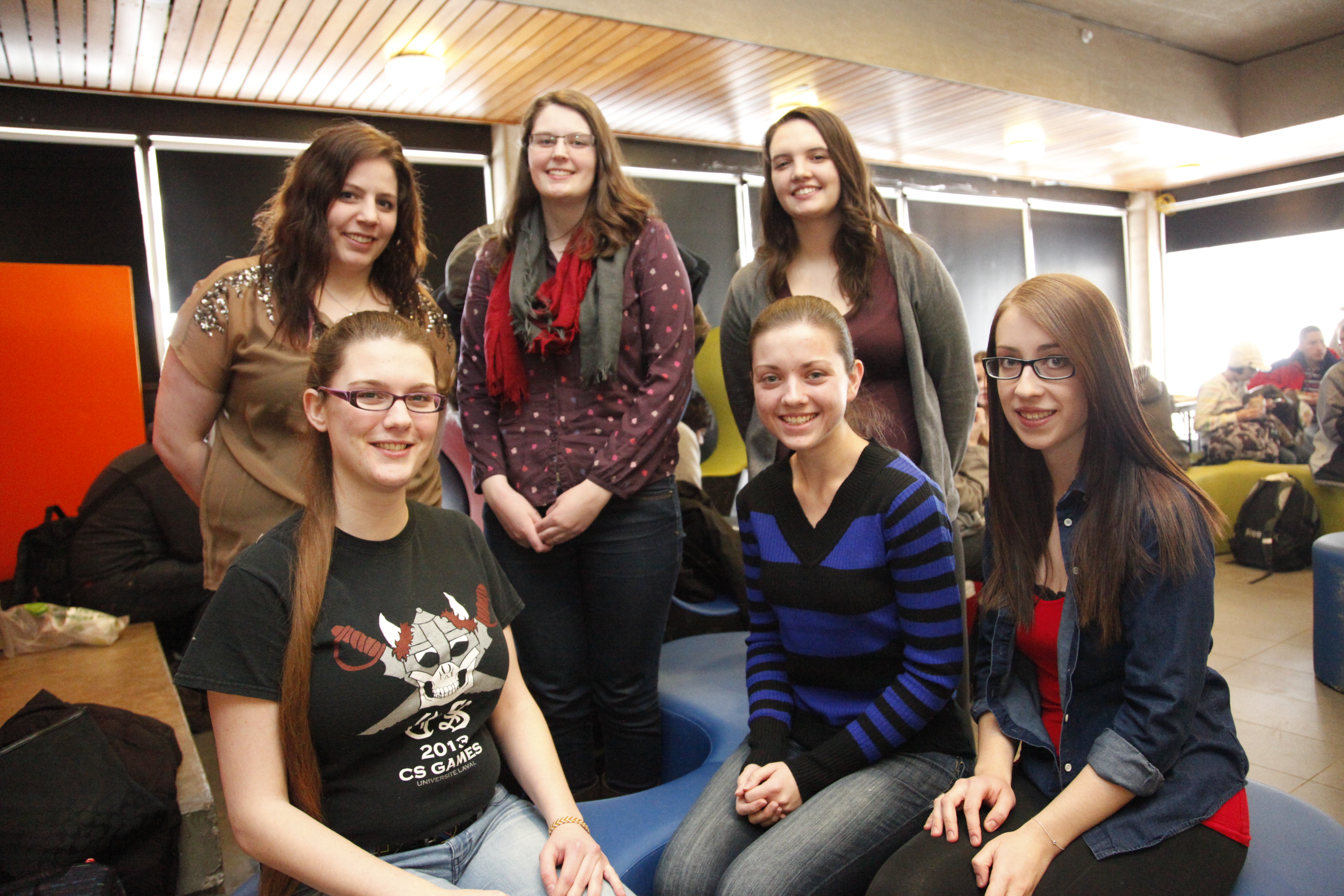With H1N1 causing all the hype in the news these days it’s easy to overlook other vaccination projects — especially when the vaccine is for a tree. While the final impact of H1N1 remains to be seen, the devastation caused by Dutch elm disease is readily apparent to anyone walking through a Winnipeg neighbourhood. According to a CTV interview with City of Winnipeg arborist Martha Barwinsky, “Over the past three years [Winnipeg has] lost about 4,400 trees,” and Dutch elm disease remains a huge problem across Canada. However this may all change soon, with the testing of a new vaccine — yes, a tree vaccine — against the disease.
Dutch elm disease (DED,) is an infection caused by the fungus Ophiostoma ulmi. The American elm, Ulmus americana, is the most commonly infected of all elms, while the Siberian elm, Ulmus pumila, is more tolerant than the American elm, but not immune to the disease.
The fungus is transmitted between trees by root grafting or by elm bark beetles. Root grafting occurs when two elms, which are growing in close proximity, have their roots grow together. It is a natural process, but unfortunately DED can be transmitted through the connected roots and may, in the case of a street, spread along an entire row of trees.
The fiends responsible for the spread of the disease between non-connected trees are two varieties of elm bark beetle: the European elm bark beetle (Scolytus multistratus), and the Native elm bark beetle (Hylurgopinus rufipes.) These small beetles feed on the bark of elm twigs, and lay their eggs in small tunnels called galleries, which they create by chewing through the inner bark of the tree. When the eggs hatch, the larvae will also feed on the inner bark. Despite their feeding habits, the elm bark beetles do not directly pose a threat to the tree. It is only when they transmit DED that they must be controlled.
The DED fungus is an ascomycete — or sac fungi — which produces spores in the galleries. As the young beetles emerge from their eggs some of the spores may attach to them and be transported to new trees as the young beetles spread out, thus dispersal occurs. The fungus itself kills the tree by infection of the xylem tissue, which is responsible for the transport of water and minerals in the plant. Once the fungus infects this xyleum tissue, gums — which are produced partly by the cell wall-degrading enzymes of the fungus — and bulbous outgrowths of cells called tyloses start to form, which will extend into the xylem cells. Gums and tyloses may eventually block up part of the water transport system and thus water and mineral transport will be diminished in that part of the tree. Ironically, the formation of tyloses is actually part of the tree’s defense against infection, as stopping the transport of fungus carrying water will slow down the spread of the pathogen.
Luckily, help may be just around the corner for our beloved elms. Scientists at the University of Amsterdam have developed a vaccine for DED which has proven quite effective at preventing new infections. Much like vaccines in humans the DED vaccine, known as Dutch Trig, operates by preparing the organism’s natural immune defences to fend off an impending infection. The vaccine consists of a suspension of the pathogenic fungus Verticillium in distilled water. Potential symptoms from a Verticillium infection are similar to those from DED; however, the strain used in the vaccine is a variant that poses no threat to the tree but can still induce an immune response after injection. An injection of the vaccine in spring will ensure the tree’s immune response is prepared to face the DED fungus throughout the growing season. Unfortunately, the vaccine will need to be re-administered annually as the new layer of tissue produced by the tree, also known as a tree growth ring, will not be safe from the fungal infection.
The Dutch Trig vaccine was developed in the ‘80s and has been used in Holland since 1992. Trials with the American elm have been very successful; in a six-year experiment with the American elm in Denver, CO, annual Dutch elm disease losses declined significantly after the first year from seven to between 0.4 and 0.6 per cent. Perhaps even more impressive is the success of the inoculation in individual trees. “Ninety-nine per cent of the trees vaccinated will not get Dutch elm disease,” said Joris Voeten, master arborist with the Netherlands-based BTL Bomendienst.
Despite this success and extensive use in the United States, the vaccine is only now being tested in Canada. Winnipeg is to be home to the first Canadian test of this vaccine. Should the results here prove as impressive as in Denver, it is likely that cities across the country will adopt its use. The trials in Winnipeg will involve 200 healthy trees being vaccinated in the hope that they will demonstrate immunity to DED. The vaccine itself costs $60-$100 per tree, and while not cheap, hopefully the trial will demonstrate that the benefits of annual vaccination outweigh the costs of removal and replanting, not to mention the aesthetic value of Winnipeg’s elms.
Let’s hope that the vaccine gets full approval and that, when it does, the trees will be able to avoid vaccine shortages and multiple hour line-ups.




